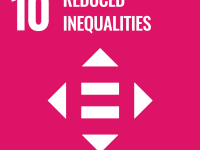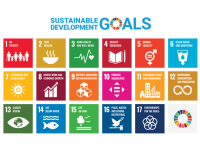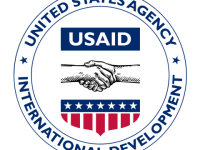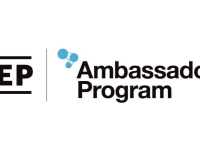News
The Equitable Distribution of Resources:
A Key Pillar of Positive Peace
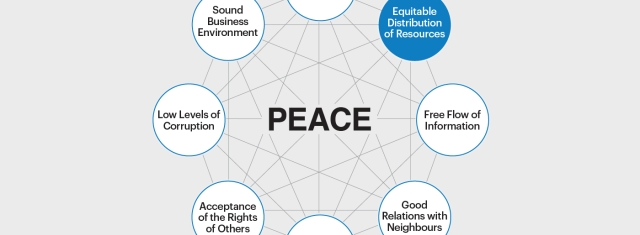
IEP Pillars of Positive Peace (Source: Vision for Humanity)
ARAC International Strategic Communications -
Explore the significance of Equitable Distribution of Resources, one of the 8 Pillars of Positive Peace defined by the Institute of Economics and Peace, its measurement, indicators, and the importance in fostering a peaceful society.
The Institute of Economics and Peace (IEP) has defined "Equitable Distribution of Resources" as one of the key pillars of positive peace, a holistic vision of peace which goes beyond the mere absence of violence or fear. This report elaborates on this concept, highlighting its significance in creating stable, harmonious, and peaceful societies.
Equitable distribution of resources implies a fair allocation of wealth, opportunities, and services such as healthcare and education across all segments of a society. It is distinct from equal distribution; it does not mandate the same amount for all, but instead emphasizes fair access to necessary resources. Such distribution reduces societal tension, fosters a sense of justice, and ultimately promotes peace.
This report also uncovers the close interconnection between equitable resource distribution and the UN Sustainable Development Goals (SDGs). It outlines how fair resource distribution directly aids in the attainment of numerous SDGs such as No Poverty, Zero Hunger, Good Health and Well-being, Quality Education, Gender Equality, and Reduced Inequalities, among others.
Equitable distribution of resources implies a fair allocation of wealth, opportunities, and services such as healthcare and education across all segments of a society. It is distinct from equal distribution; it does not mandate the same amount for all, but instead emphasizes fair access to necessary resources. Such distribution reduces societal tension, fosters a sense of justice, and ultimately promotes peace.
This report also uncovers the close interconnection between equitable resource distribution and the UN Sustainable Development Goals (SDGs). It outlines how fair resource distribution directly aids in the attainment of numerous SDGs such as No Poverty, Zero Hunger, Good Health and Well-being, Quality Education, Gender Equality, and Reduced Inequalities, among others.
Equitable resource distribution is integral in fostering positive peace and achieving sustainable development. As such, it is paramount for policymakers, leaders, and individuals to prioritize and promote fair resource distribution in their respective societies.
For access to the complete report, we invite you to sign up for our free newsletter. Join us in championing the cause of sustainable peace, a vital component of global sustainable development. Your participation truly makes a difference.
ARAC International is deeply committed to global security and public safety, aligning its efforts with the Sustainable Development Goals (SDGs) 16 and 17. The organization recognizes the crucial role that effective security measures play in fostering sustainable development, promoting peace, and ensuring the well-being of communities worldwide.
https://newsletter.arac-international.org
https://sites.arac-international.org
For access to the complete report, we invite you to sign up for our free newsletter. Join us in championing the cause of sustainable peace, a vital component of global sustainable development. Your participation truly makes a difference.
ARAC International is deeply committed to global security and public safety, aligning its efforts with the Sustainable Development Goals (SDGs) 16 and 17. The organization recognizes the crucial role that effective security measures play in fostering sustainable development, promoting peace, and ensuring the well-being of communities worldwide.
https://newsletter.arac-international.org
https://sites.arac-international.org
more information: https://newsletter.arac-international.org
Liability for this article lies with the author, who also holds the copyright. Editorial content from USPA may be quoted on other websites as long as the quote comprises no more than 5% of the entire text, is marked as such and the source is named (via hyperlink).

